Inspiring Leadership:
Driving Change Across
Nations
Today, we gather tocelebrate the transformative power of leadership – the kind that not only inspires but also drives tangible change in our societies. An inspirational leader is someone who can pull society from the status quo and make positive motion happen. Effective leaders should be inspirational to those they lead. There are many ways of leading, but a good leader is one who can make change happen in society. There are many forms of leadership, be it dictatorial, democratic, participative, or laissez-faire. But in times of complacency, society yearns for a powerful leader who can make changes that improve the lives of the general public. We often look to historical figures and contemporary leaders for guidance and inspiration as we navigate the complexities of our world. Among these luminaries are individuals whose vision, courage, and unwavering commitment have left an indelible mark on history. Today, we will explore the remarkable journeys of five such inspirational leaders: Sir M. Visvesvaraya, President A.P.J. Abdul Kalam, Rajiv Gandhi, Nelson Mandela, and Narendra Modi. Through their visionary leadership and effective change management, they have not only paved the way for change but have also transformed the landscapes of their respective countries.
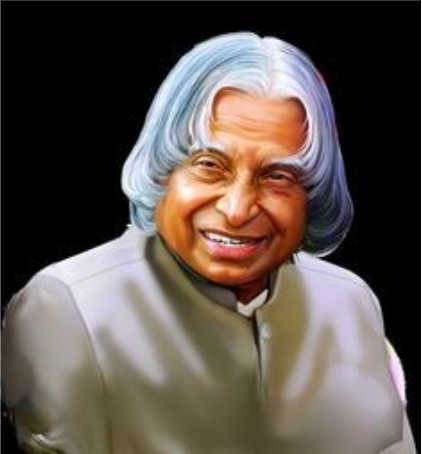
President A.P.J. Abdul Kalam:
Affectionately known as the ” People’s President” A.P.J. Abdul Kalam embodied the spirit of innovation and scientific progress. His tenure as India’s 11th President witnessed unprecedented advancements in space and defence technology. However, it was his adeptness in change management that truly set him apart. Recognizing the inherent challenges of technological innovation, he prioritized transparency, communication, and stakeholder engagement throughout the decision- making process. By fostering a culture of collaboration and continuous learning within organizations like ISRO and DRDO, he empowered scientists and engineers to embrace change and push the boundaries of scientific discovery. Kalam set a target of interacting with 100,000 students during the two years after his resignation from the post of scientific adviser in 1999.He explained, “I feel comfortable in the company of young people, particularly high school students”.
Sir M Visvesvaraya:
Born in a humble village in Karnataka, Sir M. Visvesvaraya rose to become one of India’s most celebrated engineers and statesmen. His visionary leadership in the field of infrastructure development laid the foundation for India’ss progress in the 20th century. Not only did he conceive ground-breaking projects, but he also championed effective change management strategies to ensure their successful implementation. By fostering collaboration between government agencies, private enterprises, and local communities, he navigated complex bureaucratic hurdles and garnered widespread support for his initiatives. His ability to inspire and mobilize diverse stakeholders underscores his prowess not only as an engineer but also as masterful change agent.
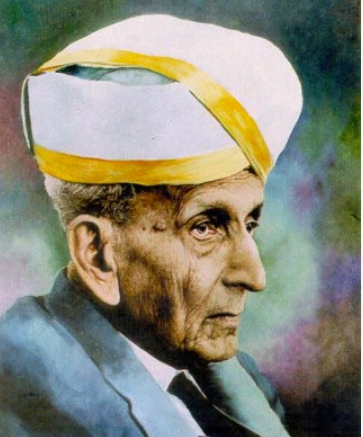
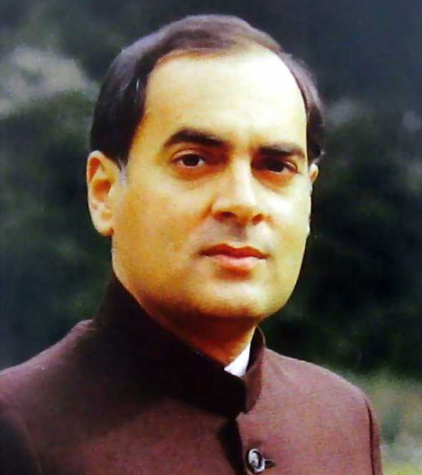
Mr. Rajiv Gandhi:
The youngest Prime Minister of India, Rajiv Gandhi, ushered in an era of technological revolution and modernization during his tenure in the 1980s. His visionary leadership extended beyond policy making to encompass effective change management at the grassroots level. Recognizing that meaningful change begins with empowering individuals and communities, he championed initiatives to decentralize governance and promote participatory decision-making. By leveraging technology to bridge the gap between the government and the governed, he laid the groundwork for a more inclusive and responsive democracy, where citizens are active participants in the process of change.
Mr. Nelson Mandela:
Nelson Mandela’s name is synonymous with resilience, reconciliation, and the triumph of justice over oppression. As the first democratically elected President of South Africa, he led his nation out of the shadow of apartheid and into an era of reconciliation and nation-building. Mandela’s leadership during the tumultuous transition to democracy exemplified the values of change management, as he navigated the complexities of post-apartheid South Africa with grace and pragmatism. By embracing dialogue, compromise, and forgiveness, he steered his nation away from the brink of civil strife and towards a future founded on the principles of equality, dignity, and respect for human rights.
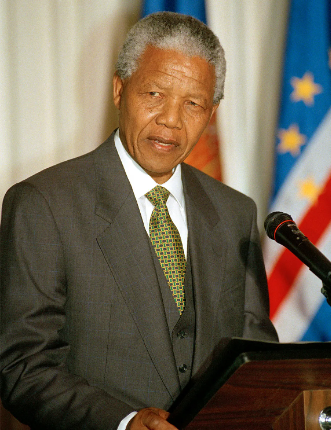
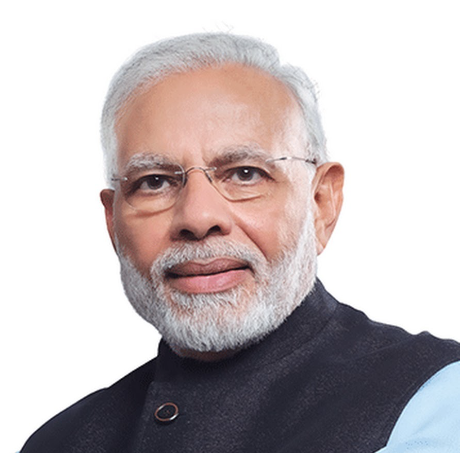
PM Narendra Modiji :
In contemporary times, Narendra Modi has emerged as a transformative leader, spearheading ambitious reforms to propel India towards prosperity and development. Since assuming office as Prime Minister, Modi has embarked on a comprehensive agenda of economic liberalization, infrastructure development, and social transformation. His bold initiatives, such as the Goods and Services Tax (GST) and demonetization, aimed at streamlining India’s economy and combating corruption, have demonstrated his commitment to decisive action and structural reform. Moreover, Modi’s emphasis on digital governance and e-governance initiatives like Digital India and Aadhaar have transformed service delivery and empowered citizens to access government services with unprecedented ease and efficiency.
Under Modi’s leadership, India has seen remarkable progress across various sectors, such as infrastructure, healthcare, and education. Flagship initiatives like Make in India and Startup India have spurred entrepreneurship and positioned India as an innovation and manufacturing hub. Modi’s focus on renewable energy has propelled India towards a greener future. Internationally, his assertive foreign policy and diplomatic efforts have elevated India’s global standing. Initiatives like the Act East Policy and the Quad have strengthened strategic partnerships. Modi’s leadership in multilateral forums like the G20 has amplified India’s voice on global issues. His transformative leadership has driven economic growth and enhanced India’s global influence, inspiring confidence among citizens and investors. Let’s draw inspiration from Modi’s leadership to realize India’s full potential on the world stage.
Conclusion
In conclusion, the legacies of Sir M. Visvesvaraya, President A.P.J. Abdul Kalam, Rajiv Gandhi, Nelson Mandela, and Narendra Modi serve as a testament to the enduring power of visionary leadership and effective change management. Through their bold ideas, relentless perseverance, and unwavering commitment to progress, these inspirational leaders have reshaped the destinies of their nations and inspired countless others to dream, innovate, and effect positive change. As we reflect on their remarkable journeys, let us draw inspiration from their example and strive to emulate their spirit of leadership and service in our own lives. Together, we can continue to build a brighter, more inclusive future for generations to come.
